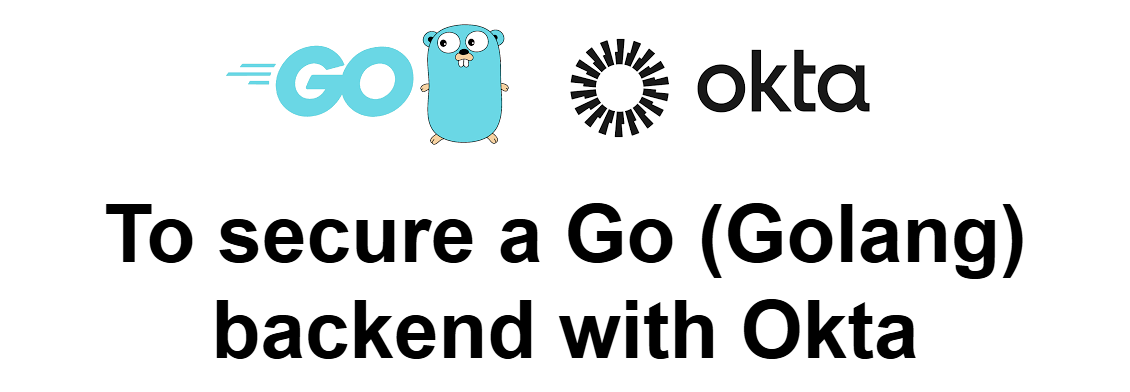Secure a Go (Golang) backend with Okta
To secure your Go (Golang) backend with Okta, you can integrate Okta's identity and access management system by leveraging OAuth 2.0 and JWT-based authentication.
Below are the steps to set up this integration from scratch:
Step 1: Sign Up for Okta Developer Account
- Go to Okta Developer and create a free developer account.
- After registering, create a new Okta Application that will represent your Golang backend service.
Step 2: Create an Okta Application
- In your Okta dashboard, navigate to Applications and click Create App.
- Select Web as your platform and choose OAuth 2.0 as the authentication method.
- Take note of the Client ID, Client Secret, and Issuer URI, which will be required in the Go app for authentication.
Step 3: Install Required Libraries
Although Okta does not provide an official Go SDK, you can integrate Okta with Go using widely-used OAuth 2.0 and JWT libraries.
Start by installing the necessary packages:
- OAuth2 for handling token-based authentication:
- JWT for verifying and parsing Okta's JWT tokens:
Step 4: OAuth 2.0 Setup in Go
Set up OAuth 2.0 to authenticate incoming requests and verify access tokens. Here's a basic implementation to manage the OAuth flow and secure your Go backend:
Step 5: Secure API Endpoints
The middleware verifyJWTToken checks if the request contains a valid JWT token. If the token is valid, the request proceeds to the protected API endpoint. If the token is invalid or missing, it responds with an unauthorized error.
Step 6: Integration with Okta's APIs (Optional)
You can interact with Okta APIs to handle user management, retrieve group memberships, or perform other actions related to Okta's services. This allows you to customize the authorization logic based on user roles, permissions, and access control.
Step 7: Testing and Deployment
- To test, you'll need to obtain an access token from Okta via a user login or by using client credentials. This token will be passed in the
Authorizationheader in requests to your backend. - Ensure the token’s expiration and handle token refresh logic as required by your app.
Additional Considerations:
- JWT Validation: Okta provides a public key to validate JWTs. You will need to fetch this key either dynamically from Okta or cache it for performance.
- Handling Token Expiry: Okta-issued tokens may expire, and your Go backend should be able to handle token expiration by implementing a refresh flow or prompting users to log in again.
- Scope-based Access Control: Use Okta's OAuth 2.0 scopes to grant access to different parts of your API based on the user’s permissions or roles.
By following this guide, you can securely integrate Okta with your Go backend to handle user authentication and authorization. This allows your application to scale securely with modern identity management solutions.
%20backend%20with%20Okta.png)








